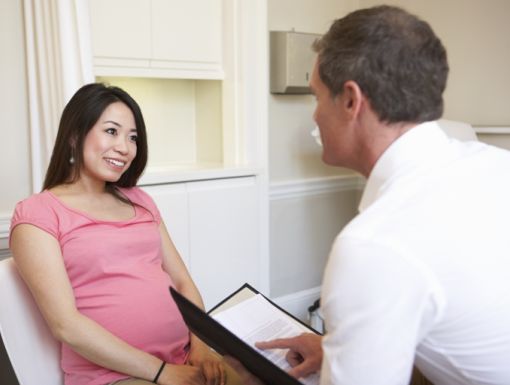
How to Deal with Back Pain During Pregnancy
Pregnancy is full of surprises and back pain is one of them. Many women experience back pain during the course of their pregnancy. We all hear about it, but why does it happen? Most pregnancy related back pain occurs in the lower back where the spine meets the pelvis in what is known as the sacroiliac or SI joints. There are several causes of pain in this area & they include:
- Weight Gain: Most women typically gain 25-35 pounds during their pregnancy. The spine carries the stress of that weight. And, the weight of the growing baby puts pressure on blood vessels and nerves in the back, abdomen, and pelvis.
- Hormone Changes: During pregnancy your body produces the hormone relaxin that causes ligaments in the pelvis to loosen in order to prepare your body for delivery of your baby. The stretching of these ligaments can cause instability and pain.
- Posture Changes: The added weight on your body, the stretching ligaments and the expansion of the pelvis collectively cause your posture to change. You may not even realize this change is occurring. But, the weight of the baby will pull your center of gravity forward and your body will compensate by swaying backward placing additional stress on your low back.
- Muscle Separation: As your baby grows and the uterus expands, it begins to stretch the abdominal muscles that connect the breast bone to the pubic bone known as the rectus abdominis. If this muscle becomes overstretched and weak the connective tissue that holds the left and right sides together can separate causing what is known as diastasis recti. This separation causes a loss of strength in the core muscles that help to support the lower back resulting in increased pain.
How to alleviate back pain?
The good news is there are things you can do before, during and after pregnancy to alleviate your back pain. Research indicates the following has a positive effect on pain and disability for treatment of low back pain during pregnancy:
- Exercise Therapy: Physical therapists can educate you on safe and effective exercises to help you strengthen muscles to support and stabilize your low back and pelvis. Exercises can include water aerobics, general strength training, endurance exercise and balance training. Physical therapists can also educate you on proper lifting and body mechanics, sitting and standing posture to help reduce your back pain.
- Massage and Relaxation: Research links increased stress and low back pain. Massage can help to reduce the tension in the muscles and help you to relax resulting in decreased pain. However, you need to check with your doctor to determine when it’s appropriate to receive massages. Many massage therapists will only perform a pre-natal massage after the first trimester and they will avoid massaging the feet where there are pressure points that can induce labor.
- Maternity Belts: Supportive belts for the low back and pelvis help to stabilize the pelvis and alleviate the stress placed on the low back.
If you are experiencing low back or pelvic pain during pregnancy, ask your doctor for a referral to physical therapy to help you enjoy your pregnancy rather than suffer in pain.

